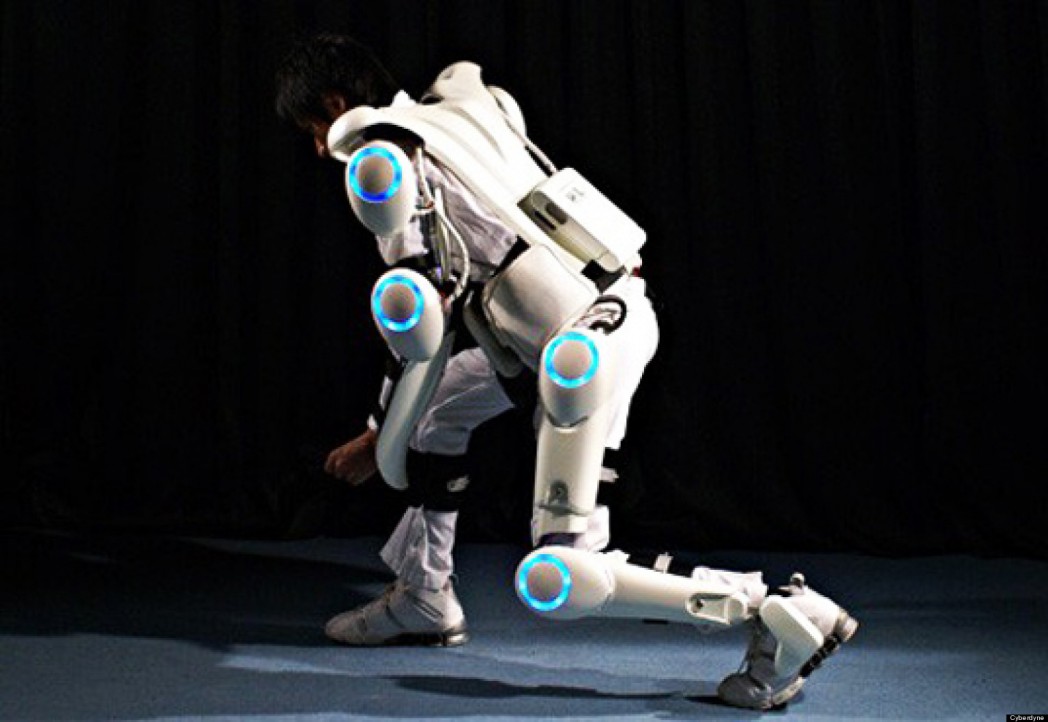Cyberdyne Applies For Marketing Authorization For Medical Use Of Hal New Medical Device For ALS In Japan

https://www.cyberdyne.jp/english/
Cyberdyne Inc. recently applied for a marketing authorization of HAL® for Medical Use (Lower Limb Type) for orphan neural-muscular diseases like amyotrophic lateral sclerosis and muscular dystrophy as a new medical device under Japan’s Pharmaceutical and Medical Device Law. In Japan, it is required that new medical devices under the law have different directions for use, mechanisms, efficacy or effects from those that already exist. Further, applications for new medical devices must be supported by clinical test results.
HAL is the world’s first robotic device that can give to those with lower limb disabilities the possibility to walk. The major causes of lower limb disabilities are disorders of both the nervous and cerebral muscular system. When this happens, the brain is not able to use ordinary neural pathways and thus is not capable of ordering the legs to move.
HAL® for Medical Use has the capacity to move the wearer’s legs according to the wearer’s intention, such as “I want to walk,” or “I want to stand up,” and it enables opportune feedback feelings such as “I could walk.” or “I could stand up,” which in turn accelerates the learning process for the brain. This is the only robotic remedial device that can actually teach the brain how to move the legs.
The device is applicable in the EU to patients suffering with Musculoskeletal Ambulation Disability Symptom Complex that have traumatic brain injuries, spinal cord injuries, cerebrovascular diseases, and other diseases of the neuromuscular system and the brain. It is adjustable to fit different leg lengths, foot sizes and hip widths.
For a person to move the body, several signs are sent through the nerves from the brain to the muscles. The device has the capacity to read those signs and to compensate their limbs according to their will and to assist them in walking, sitting-down and up.
Further, the device has a detachable controller through which the operator can manipulate the operations. It is possible to freely control movements like start/stop change settings and confirmation of motion statuses and to watch the movements of the person wearing it.
Learn more about the technology here.






